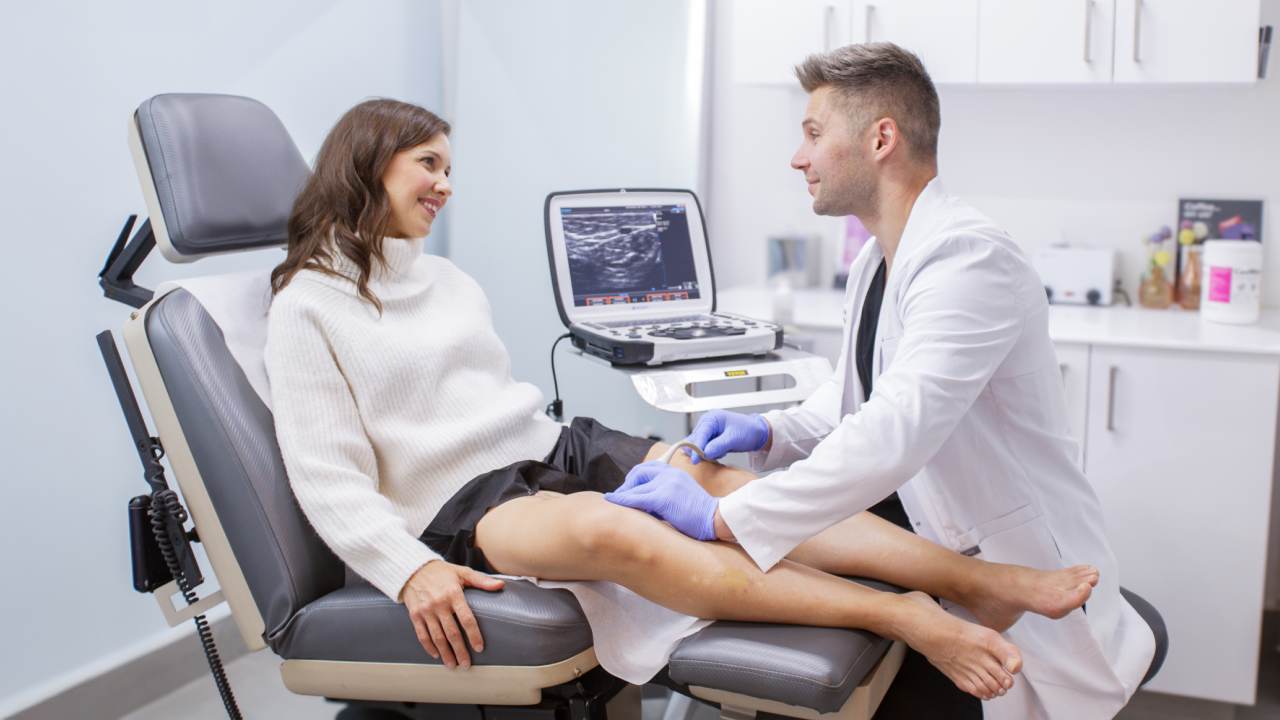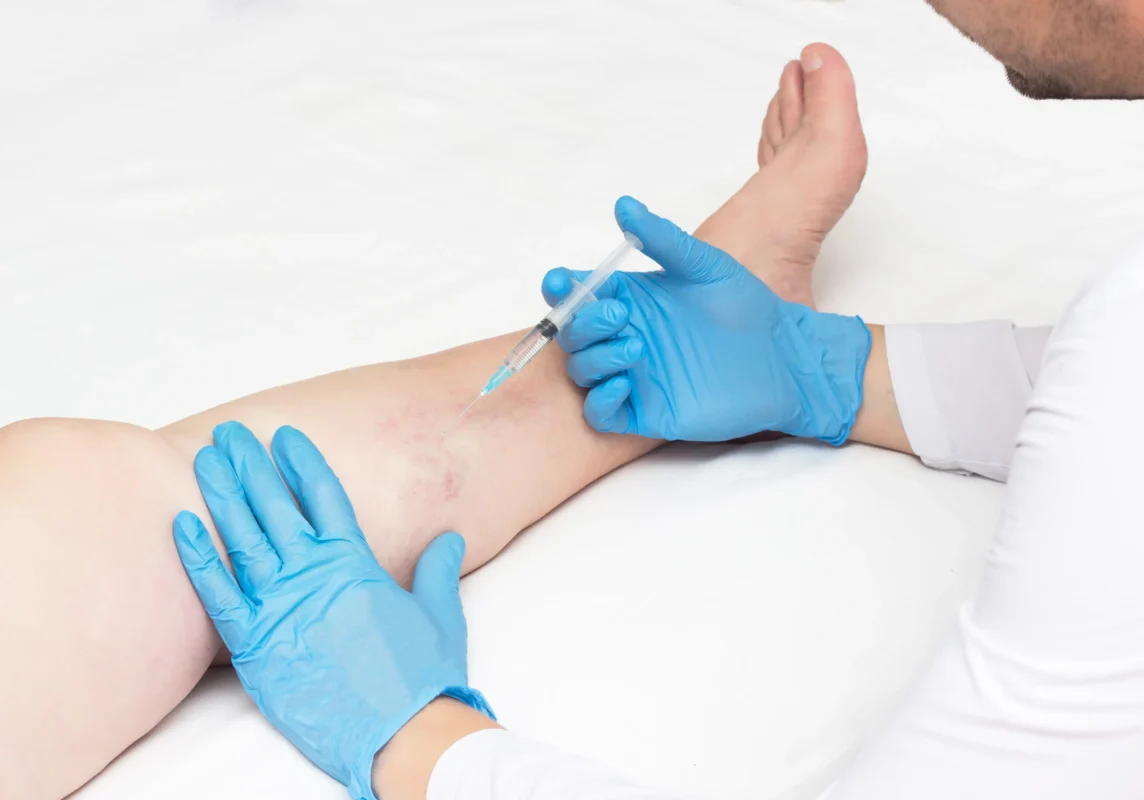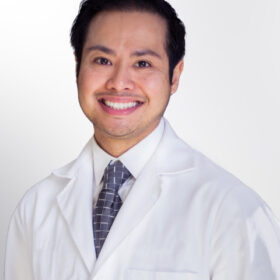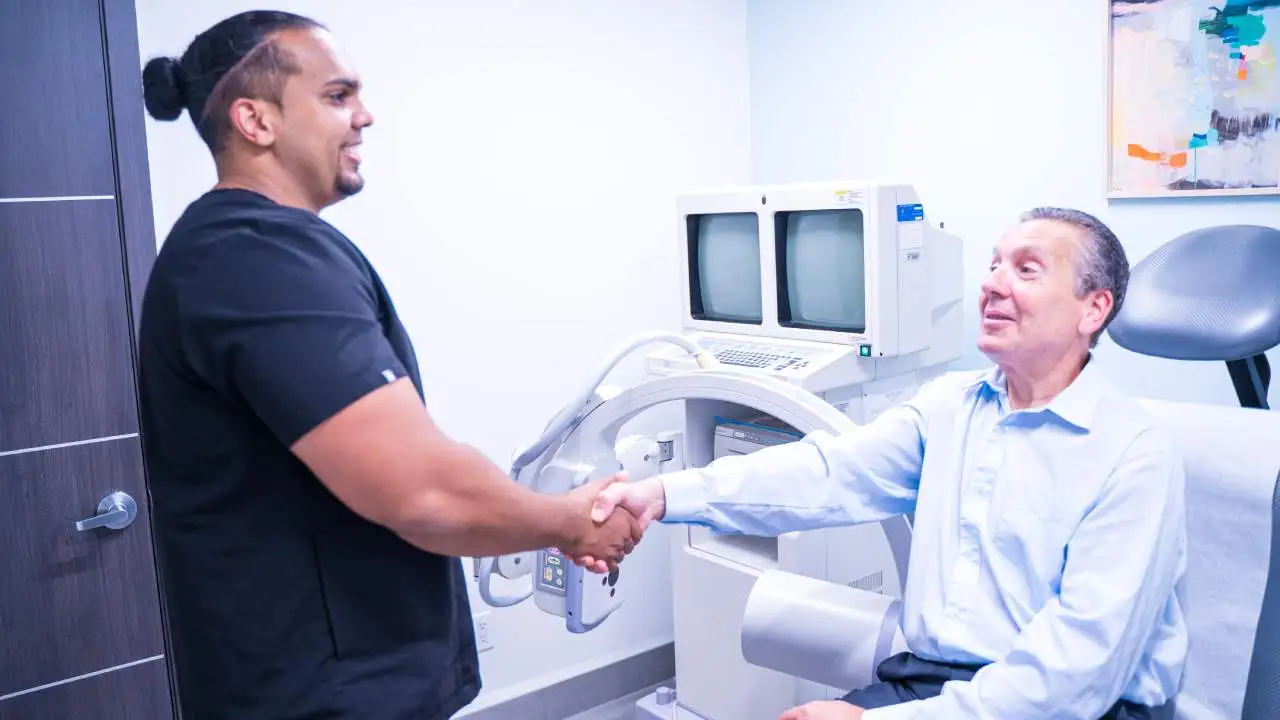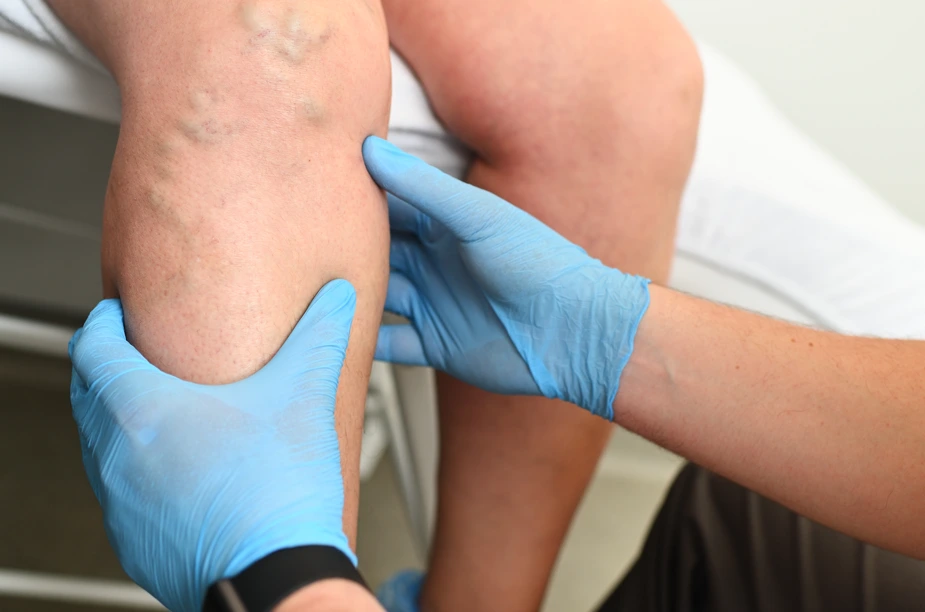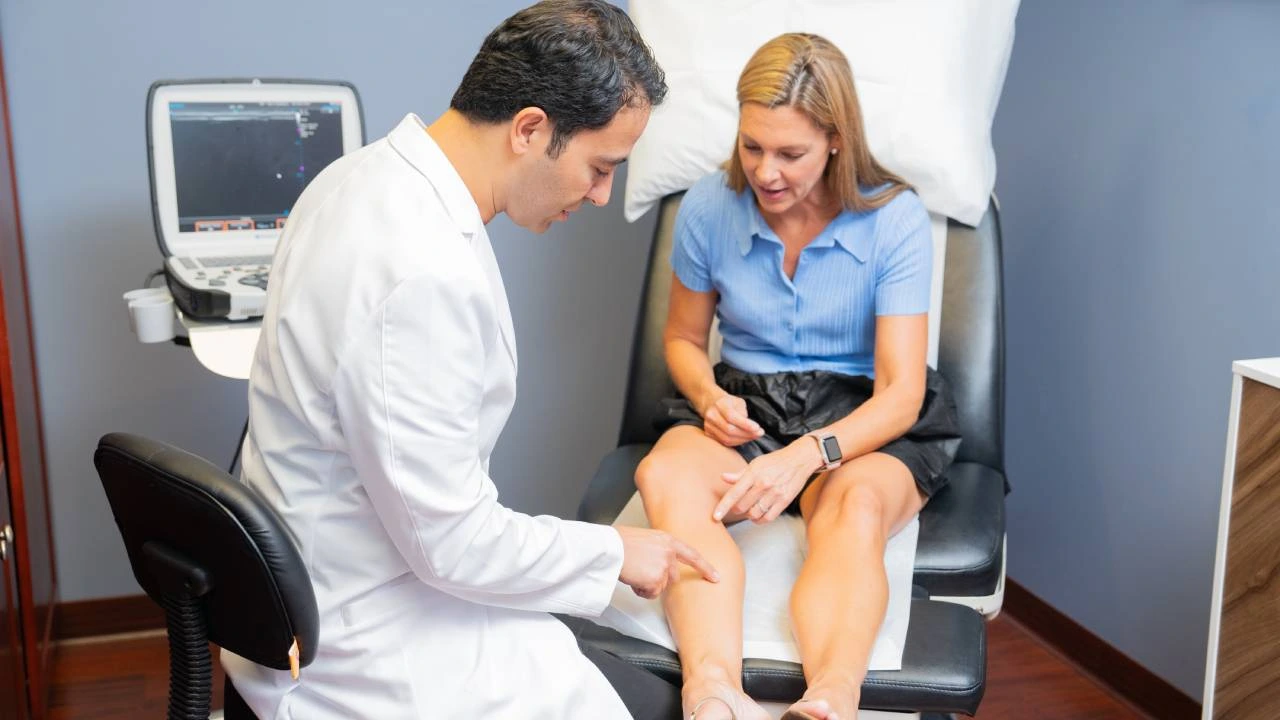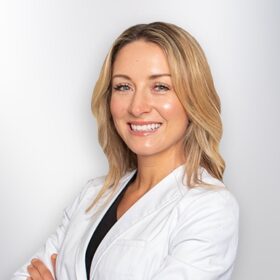If you see large, twisted veins on your skin, you may be dealing with varicose veins. These veins develop due to venous insufficiency, a condition that can cause significant discomfort and even lead to severe complications if left untreated.
The Short Answer: Yes.
Varicose veins can cause pain and discomfort whether you are standing or sitting. As a result of poor circulation, they may lead to additional health risks that because they result from attention.
What Are Varicose Veins?
Varicose veins are swollen, enlarged blood vessels that often appear dark purple, blue, or red. Unlike normal veins, they twist and bulge under the skin, commonly found in the legs, thighs, and pelvic area.
Varicose Veins vs. Spider Veins
| Feature | Varicose Veins | Spider Veins |
|---|---|---|
| Appearance | Large, twisted, bulging | Small, web-like clusters |
| Color | Dark blue, purple, or red | Red, blue, or purple |
| Pain Level | Often painful | Usually painless |
| Risk Level | Can cause ulcers, blood clots, and other issues | Primarily cosmetic concern |
Causes and Symptoms of Varicose Veins
What Causes Varicose Veins?
The underlying cause of varicose veins is Chronic Venous Insufficiency (CVI), which occurs when:
- Vein valves weaken or fail, allowing blood to flow backward.
- Blood pools in the veins, increasing pressure and causing veins to enlarge.
- The vein walls weaken over time, leading to visible varicose veins.
Common Symptoms
- Leg swelling and heaviness
- Aching or throbbing pain
- Burning, itching, or tingling sensations
- Cramping or Restless Leg Syndrome (RLS), especially at night
- Skin discoloration or ulcers in severe cases
Complications of Untreated Varicose Veins
If left untreated, varicose veins can lead to serious medical conditions, including:
1. Swelling and Inflammation
Blood pooling leads to painful swelling and tissue inflammation.
2. Skin Ulcers
Poor circulation prevents wounds from healing properly, increasing the risk of non-healing ulcers.
3. Cellulitis and Skin Infections
Stretched skin due to swelling becomes prone to bacterial infections, such as cellulitis.
4. Bleeding
Enlarged veins near the surface of the skin can rupture, leading to excessive bleeding from minor injuries.
5. Deep Vein Thrombosis (DVT) & Pulmonary Embolism (PE)
Blood clots forming in varicose veins can travel to the lungs, causing life-threatening pulmonary embolism.
How to Treat Varicose Veins
There are several effective, minimally invasive treatments available to eliminate varicose veins and restore healthy circulation:
- Sclerotherapy: A specialized solution is injected into the affected veins, causing them to collapse and fade over time.
- Radiofrequency Ablation (RFA) uses thermal energy to heat and seal varicose veins, promoting blood rerouting to healthier veins.
- Endovenous Laser Ablation (EVLA): A laser fiber is inserted into the diseased vein, sealing it shut with heat energy.
- VenaSeal: A medical adhesive that permanently closes the vein, eliminating the need for compression stockings after treatment.
- ClariVein: Combines mechanical and chemical closure to treat varicose veins with minimal discomfort.
These treatments are performed in-office, require no general anesthesia, and allow for a quick recovery.
Choosing a Vein Specialist
For the best care, seek a Board-Certified vein doctor. Unlike general practitioners, vein specialists provide advanced diagnostic testing and customized treatment plans. At Vein Treatment Clinic, our top-rated vein doctors specialize in minimally invasive procedures that restore circulation and relieve pain.


